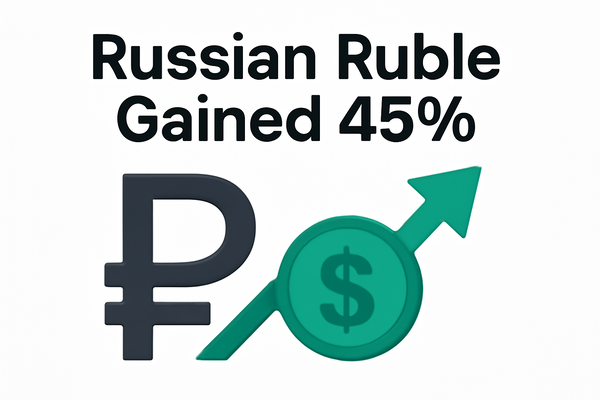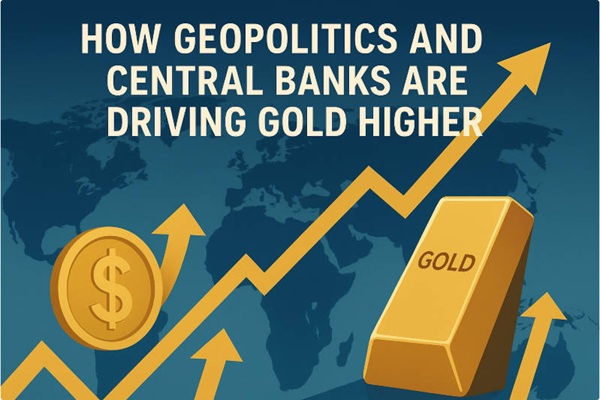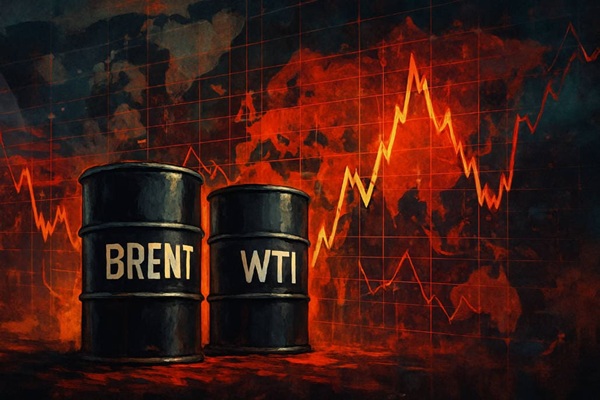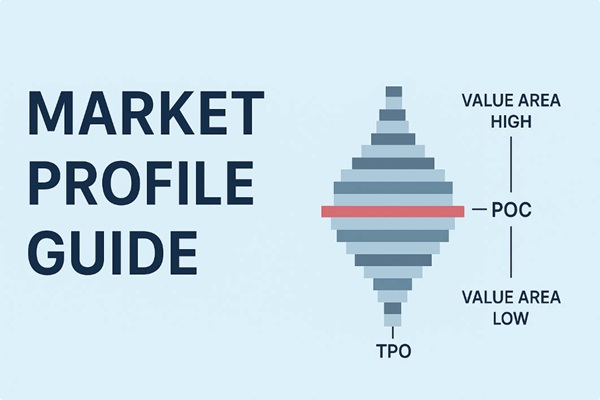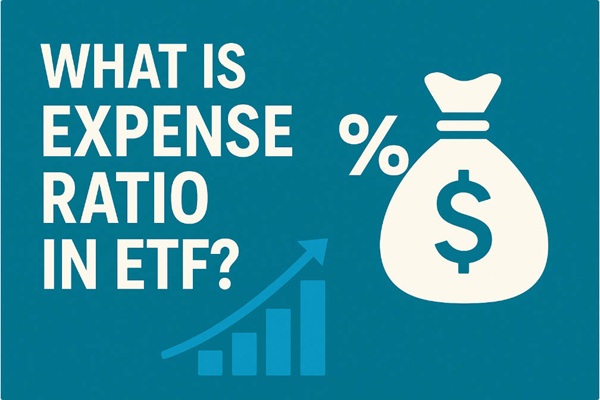The Russian ruble's dramatic rise in 2025 has captured the attention of forex traders, policymakers, and analysts worldwide. Since the beginning of the year, the ruble has soared by approximately 45% against the US dollar, positioning itself as the top-performing major currency in global markets. This remarkable appreciation not only defies conventional expectations given ongoing sanctions and geopolitical rifts but also provides insight into Russia's evolving economic strategy and the complex interplay of domestic policy, trade flows, and global sentiment.
Key Drivers Behind the Ruble's Surge
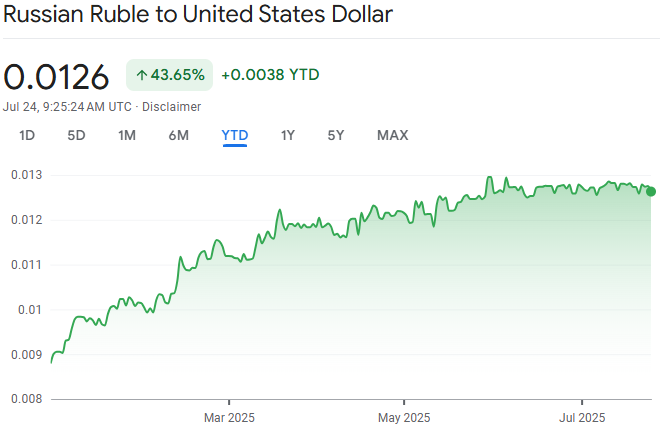
1. Tight Capital Controls
Russian authorities have implemented rigorous capital controls to stabilise the domestic currency. These include:
-
Mandatory conversion: Exporters must convert a significant portion of foreign currency earnings into rubles, increasing demand for the local currency.
Restrictions on currency movement: Limits on capital outflows prevent households and corporations from moving large sums abroad, further propping up demand for rubles within Russia.
2. Elevated Interest Rates
The Central Bank of Russia has kept its key interest rate at a notably high 21% throughout 2025. These elevated rates have made ruble-denominated assets highly attractive, incentivising both domestic savers and foreigners with access to invest and hold ruble assets. The monetary policy stance has:
-
Cooled inflation, with annual CPI dropping below 4% by mid-year.
Discouraged speculation against the ruble, as borrowing costs for shorting the currency are prohibitively expensive.
3. Persistent Trade Surplus
Sanctions have slashed Russia's imports of Western goods, but the country's exports of energy, minerals, and agricultural products—especially to Asia and the Middle East—remain robust. The resulting trade surplus means:
-
More foreign currency is flowing into Russia than out, reducing demand for dollars and euros while supporting the ruble.
In the first half of 2025, the current account surplus reached $95 billion, compared with $60 billion in the same period of 2024.
4. Reduced Demand for Foreign Currency
With imports sharply curtailed due to restrictions and self-sanctioning by Western and some Asian companies, Russian banks and businesses have far less need to source foreign currency for purchases abroad. This trend has:
5. Geopolitical Developments
Market sentiment shifted in early 2025 after diplomatic signals emerged from Washington, Beijing, and Moscow. The re-election of President Trump led to perception of a possible thaw, or at least more transactional relations, between the US and Russia. Hopes for a stabilising resolution in Ukraine—though still distant—further spurred speculative ruble buying.
Broader Economic and Fiscal Impact
While a stronger ruble brings certain advantages, there are noteworthy risks and downsides:
-
Government revenue impact: Most of Russia's state income stems from energy exports priced in foreign currencies. A stronger ruble means fewer domestic currency proceeds for each dollar or euro earned, tightening fiscal budgets.
Import costs: Cheaper imports (where allowed) help curb inflation and support real incomes, but the effect is muted when global sanctions restrict product and technology inflows.
Will Ruble Strength Last?
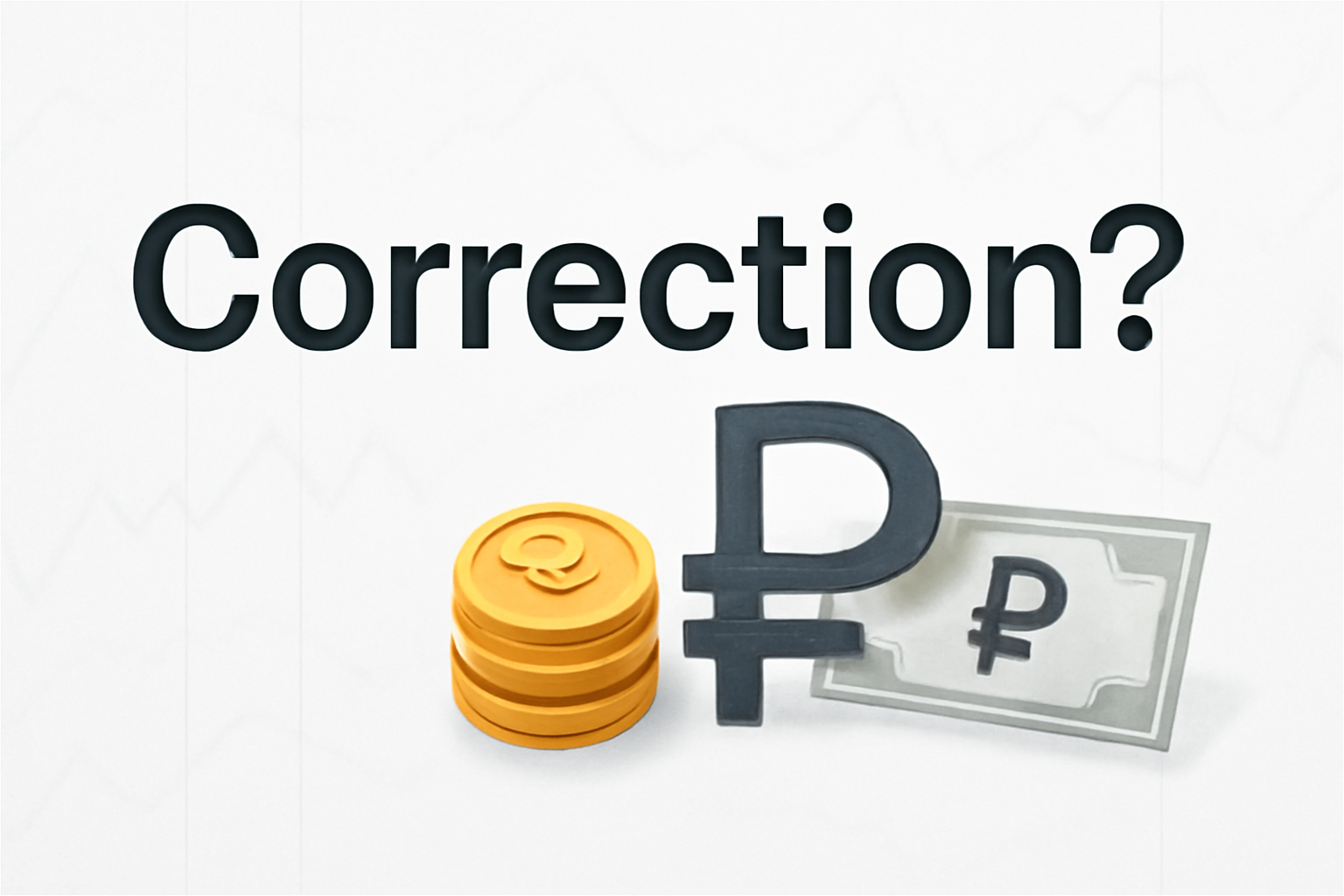
Although the ruble surged impressively, several factors could trigger a reversal:
-
Overvaluation risk: Russian officials, including the central bank, have recently warned that the ruble may now be overvalued, raising the likelihood of a correction.
-
Easing of capital controls: If authorities relax restrictions as inflation is contained, pent-up demand for dollars among citizens and businesses could spark renewed outflows.
External shocks: Any escalation in geopolitical risk or new rounds of Western sanctions may test market confidence and the ruble's current levels.
Most forecasts anticipate the ruble will give back part of its 2025 gains by year-end, as interventions slow and the government seeks to rebalance budget revenues.
Conclusion
The Russian ruble's 45% surge against the US dollar in 2025 stands as a case study in how strong policy intervention, external account dynamics, and shifting geopolitical winds can combine to drive major currency moves. Traders and observers should be vigilant for signs of reversal, as the present strength is widely seen as unsustainable without continued strict controls and economic support.
Disclaimer: This material is for general information purposes only and is not intended as (and should not be considered to be) financial, investment or other advice on which reliance should be placed. No opinion given in the material constitutes a recommendation by EBC or the author that any particular investment, security, transaction or investment strategy is suitable for any specific person.
